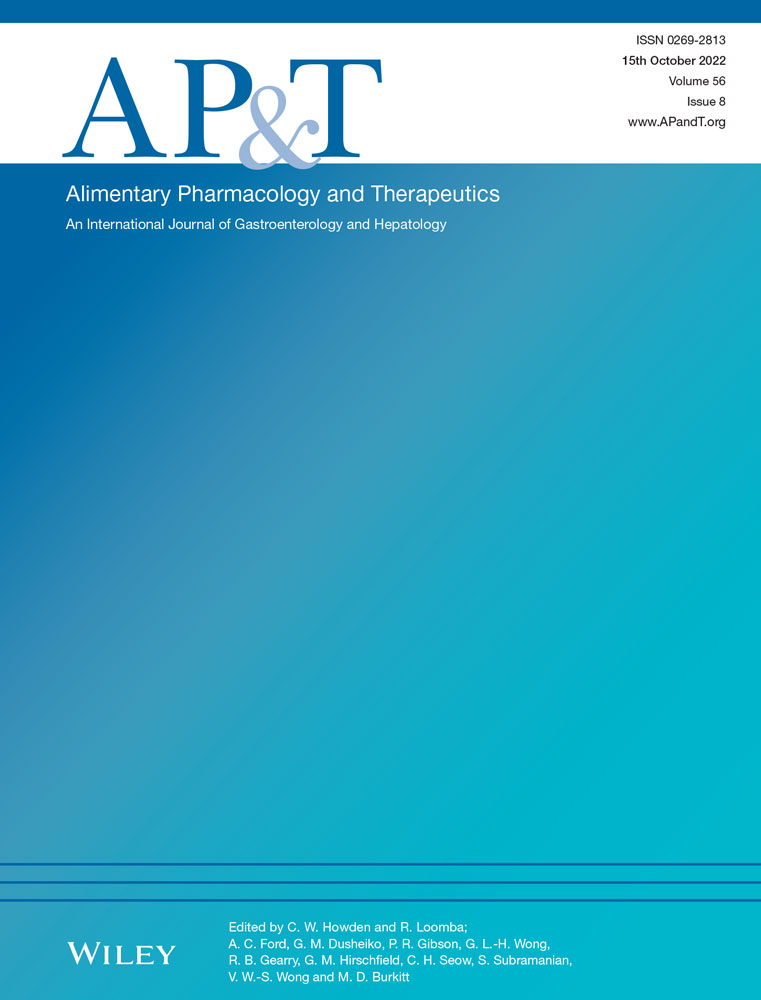Letter: a hidden cause of chronic abdominal pain—opioid-induced adrenal insufficiency. Authors' reply
Abstract
LINKED CONTENT
This article is linked to Choe et al papers. To view these articles, visit https://doi.org/10.1111/apt.17064 and https://doi.org/10.1111/apt.17172
We appreciate the commentary from Kilincalp and Papachrysos1 about the occurrence of opioid-induced adrenal insufficiency (OIAI) as another hidden cause of chronic abdominal pain in chronic opioid users that was not mentioned in our recent review article.2
In a recent systematic review and meta-analysis, de Vries et al3 found that 15% (95% CI: 6–28) of patients using opioids had adrenal insufficiency based on a cortisol blood level or adrenocorticotrophic hormone stimulation test. This could appear important but, in this meta-analysis, only 21 studies with 1095 patients were included, only two had more than 150 patients, and modalities of opioid administration varied a lot (oral, intrathecal and patch) as did dose and duration of treatment. Also, clinical data on hypothalamic–pituitary–adrenal axis morbidity in opioid users are very limited. In a retrospective cohort of 40 patients with abnormal biological tests, fatigue (73%), musculoskeletal pain (53%) and weight loss (53%) were the main symptoms reported, and only 3 (7.5%) patients were clinically identified as having OIAI.4 Also, some case reports have reported acute adrenal insufficiency.5 Only a short pilot randomised trial showed a rapid improvement in vitality and pain experienced after low dose hydrocortisone replacement in chronic pain patients with opioid-induced hypocortisolaemic responses,6 but specific pain symptoms, including abdominal pain, were not reported.
However, due to the dramatically increased use of opioids during the last two decades, we agree that OIAI must be kept in mind and considered a differential diagnosis in patients receiving long-term opioids, whatever is the origin of pain (cancer or non-cancer) and having unexplained abdominal pain probably associated with diffuse muscular pain, fatigue and weight loss. Further larger prospective studies are warranted to better determine the frequency of OIAI and the associated symptoms. In any case, if the diagnosis of OIAI is suspected in a patient with abdominal pain, low dose hydrocortisone therapy must be rapidly initiated before the diagnosis is confirmed with adequate tests.
AUTHOR CONTRIBUTIONS
Benoit Coffin: Conceptualization (lead); writing – original draft (lead); writing – review and editing (equal). Henri Duboc: Writing – original draft (supporting); writing – review and editing (equal).
CONFLICT OF INTEREST
The authors' declarations of personal and financial interests are unchanged from those in the original article.2




